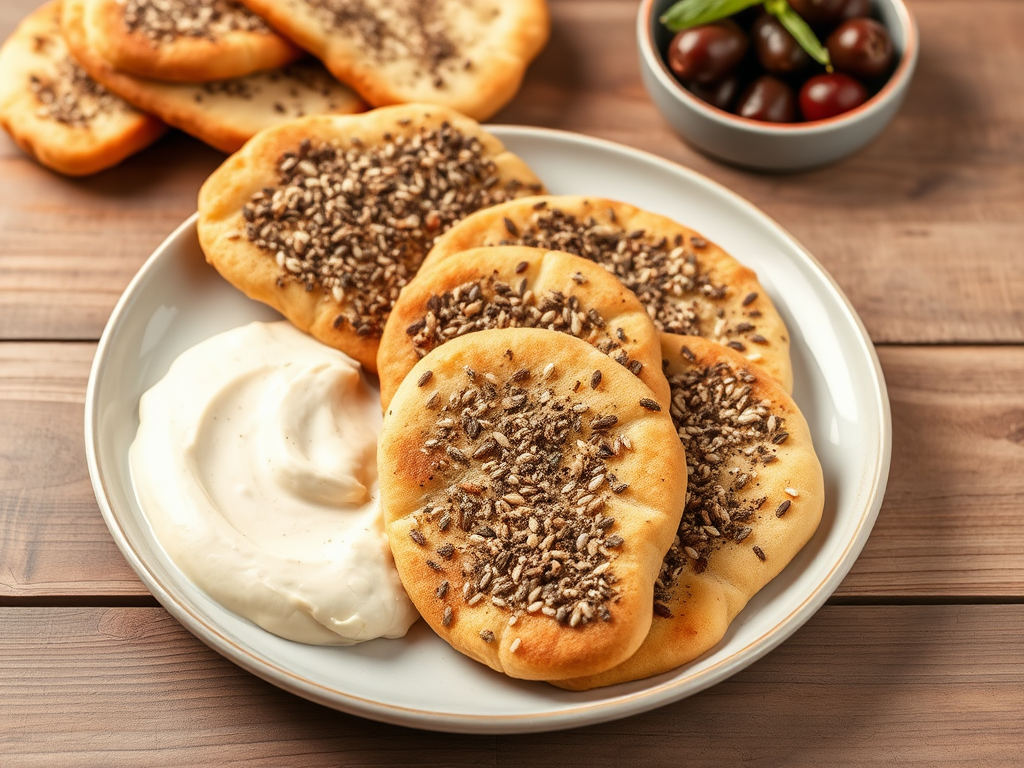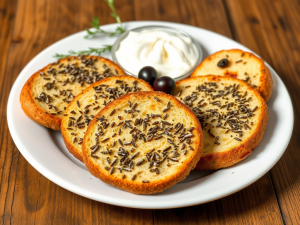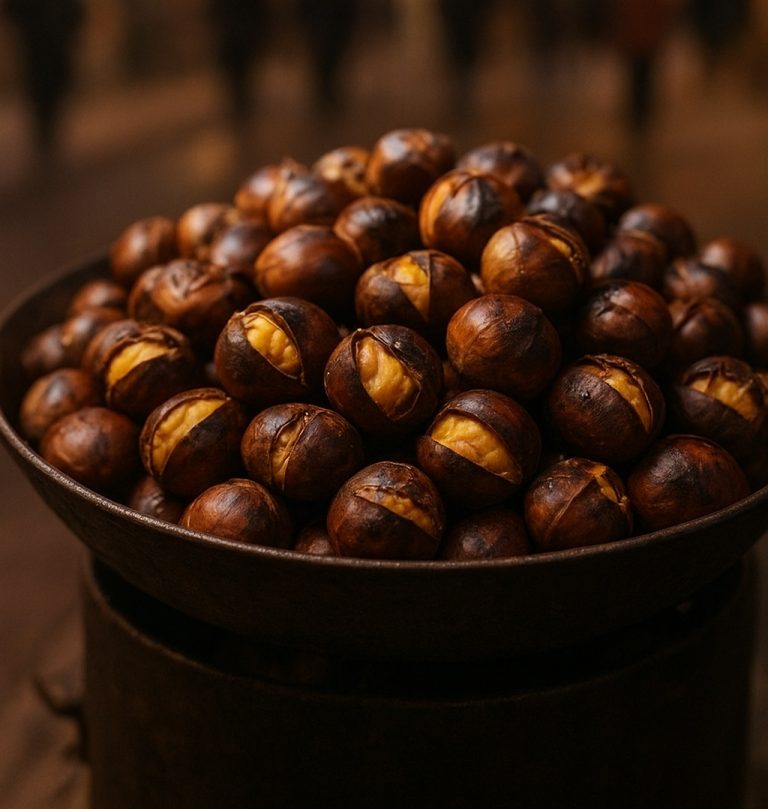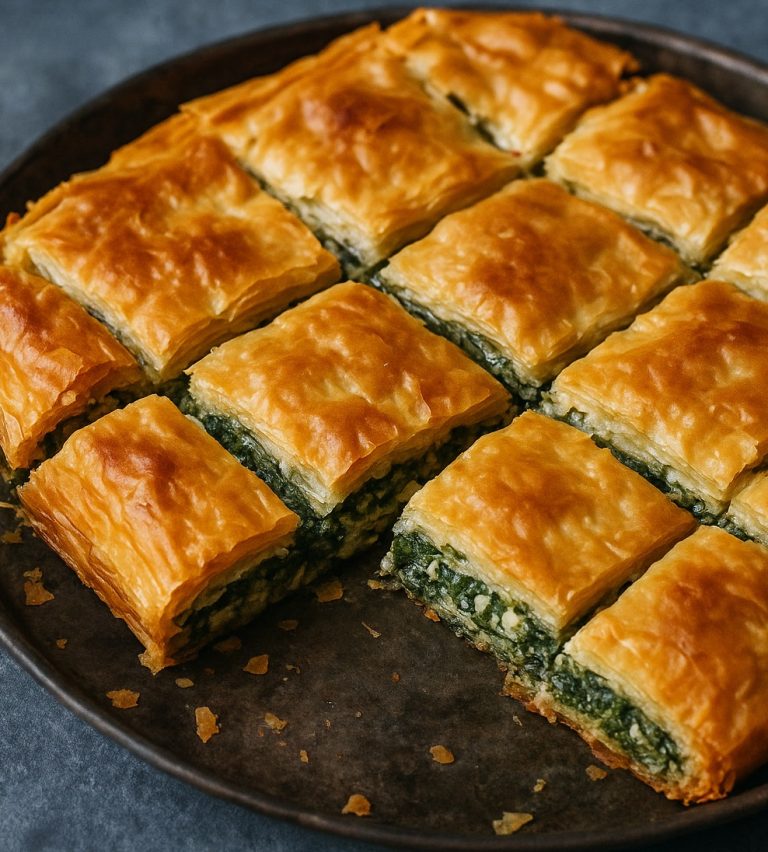
Zaatar bread, a delightful blend of flavors and textures, is a staple in Mediterranean cuisine, particularly enjoyed in Greece and the Middle East. This delicious flatbread, often infused with aromatic herbs and spices, captures the essence of traditional Greek cooking. Let’s explore its origins, ingredients, preparation, and the joy it brings to the table.
Origins of Zaatar Bread
Zaatar, a term that refers both to the herb blend and the bread itself, has roots in ancient culinary traditions. The zaatar herb blend typically includes thyme, oregano, sumac, and sesame seeds, offering a unique flavor profile that enhances various dishes. In Greece, zaatar bread is often associated with communal meals, family gatherings, and festive occasions, symbolizing hospitality and warmth.
The history of zaatar dates back centuries, with references found in ancient texts. Its popularity has transcended borders, becoming a beloved ingredient across the Mediterranean and Middle Eastern regions. In Greece, the preparation of zaatar bread often involves gathering family members to participate in the baking process, fostering a sense of togetherness.
Key Ingredients
To make Greek zaatar bread, you’ll need the following ingredients:
Basic Ingredients
- Flour: All-purpose flour or whole wheat flour serves as the base for the dough. Whole wheat flour adds a nuttier flavor and more nutrients.
- Yeast: Active dry yeast is used to help the bread rise, contributing to its light and airy texture.
- Water: Lukewarm water activates the yeast and hydrates the flour, ensuring a smooth dough.
- Olive Oil: A key ingredient in Mediterranean cooking, olive oil adds richness, flavor, and moisture to the bread.
- Salt: Enhances the overall taste and strengthens the dough.
Zaatar Spice Blend
- Thyme and Oregano: These herbs provide an earthy aroma and are often the primary flavors in zaatar.
- Sumac: This tangy spice adds a citrusy note, balancing the other flavors.
- Sesame Seeds: Toasted sesame seeds add a delightful crunch and nutty flavor.
Preparation Steps
1. Making the Dough
- Activate the Yeast: In a bowl, combine lukewarm water, sugar, and yeast. Let it sit for about 10 minutes until frothy. This step is crucial as it ensures that the yeast is alive and ready to help the bread rise.
- Mix Ingredients: In a large mixing bowl, combine flour and salt. Make a well in the center and pour in the yeast mixture along with olive oil. Stir until a shaggy dough forms.
- Knead: Transfer the dough to a floured surface and knead for about 10 minutes until smooth and elastic. This process develops gluten, which gives the bread its structure.
- Rise: Place the dough in a lightly oiled bowl, cover with a damp cloth, and let it rise in a warm place for 1 to 2 hours, or until doubled in size. This step is essential for achieving a light and fluffy texture.
2. Shaping the Bread
- Divide the Dough: Once risen, punch down the dough to release air bubbles and divide it into equal portions, typically about 8 to 10 pieces.
- Roll Out: On a floured surface, roll each portion into a thin circle or oval, about ¼ inch thick. The thinner the bread, the crispier it will be.
- Add Zaatar: Brush the surface of the rolled-out dough with olive oil and generously sprinkle the zaatar spice blend over it. You can adjust the amount of zaatar according to your taste preference.
- Fold: Optionally, fold the dough to create layers, enhancing texture and flavor. This technique can also create a beautiful presentation when baked.
3. Baking
- Preheat the Oven: Preheat your oven to 475°F (245°C) and place a baking stone or tray inside. A hot surface ensures a crispy bottom.
- Bake: Place the zaatar bread on the hot stone or tray and bake for about 5-7 minutes, or until golden brown and puffed. Keep an eye on them to prevent burning.
- Cool: Remove from the oven and let cool slightly on a wire rack. This step allows the steam to escape, maintaining the bread’s texture.

Serving Suggestions
Zaatar bread can be enjoyed in various ways, making it a versatile addition to any meal:
- As a Snack: Serve warm with hummus, tzatziki, or olive oil for dipping. The combination of flavors is irresistible.
- As a Side: Pair it with grilled meats, salads, or soups. Its herbaceous notes complement a wide range of dishes.
- As a Wrap: Use it to wrap fillings like roasted vegetables, cheese, or marinated meats for a hearty meal. You can also make a zaatar sandwich with fresh vegetables.
- As a Breakfast Item: Enjoy it with labneh (strained yogurt) and fresh vegetables for a nutritious breakfast option.
Variations of Zaatar Bread
While the traditional zaatar bread is delicious on its own, there are many variations you can try:
- Cheese-Filled Zaatar Bread: Add feta or mozzarella cheese before baking for a cheesy twist.
- Stuffed Zaatar Bread: Fill the dough with cooked spinach, herbs, or ground meat for a heartier option.
- Sweet Zaatar Bread: Experiment with a hint of honey or cinnamon in the dough for a sweet breakfast treat.
The Cultural Significance of Zaatar Bread
In Greek culture, food often plays a pivotal role in social interactions. Zaatar bread is no exception; it is commonly served during family gatherings, religious celebrations, and holidays. Sharing this bread symbolizes unity and togetherness, as families often gather around the table to enjoy a meal.
Moreover, the act of baking zaatar bread can be a communal affair, where family members come together to knead dough, shape bread, and share stories. This tradition reinforces bonds and creates lasting memories.
Conclusion
Greek zaatar bread is more than just a side dish; it’s a celebration of flavors and traditions. Its simplicity and versatility make it a beloved addition to any meal. Whether enjoyed fresh from the oven or as part of a larger feast, zaatar bread embodies the spirit of Mediterranean cuisine, inviting everyone to gather around the table and share in its deliciousness.
With its rich history and cultural significance, zaatar bread is not just food; it’s a symbol of hospitality, family, and the joy of sharing. So next time you’re looking for a tasty and aromatic bread option, give Greek zaatar bread a try! You may find it quickly becomes a favorite in your own culinary repertoire.



